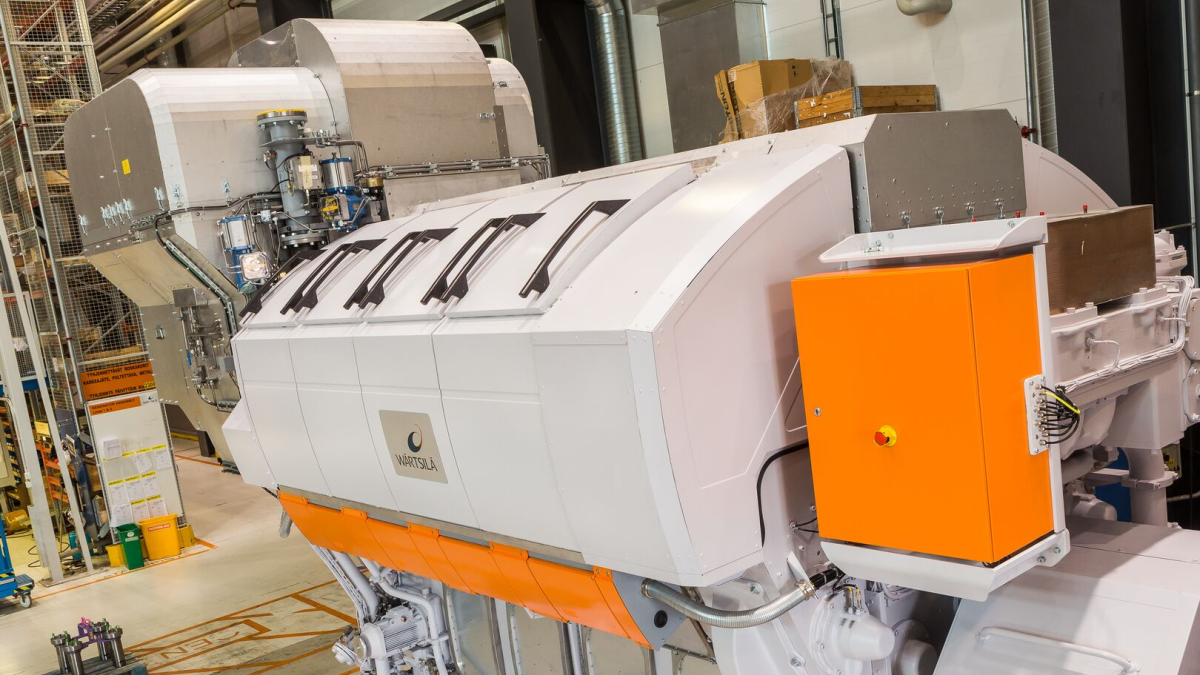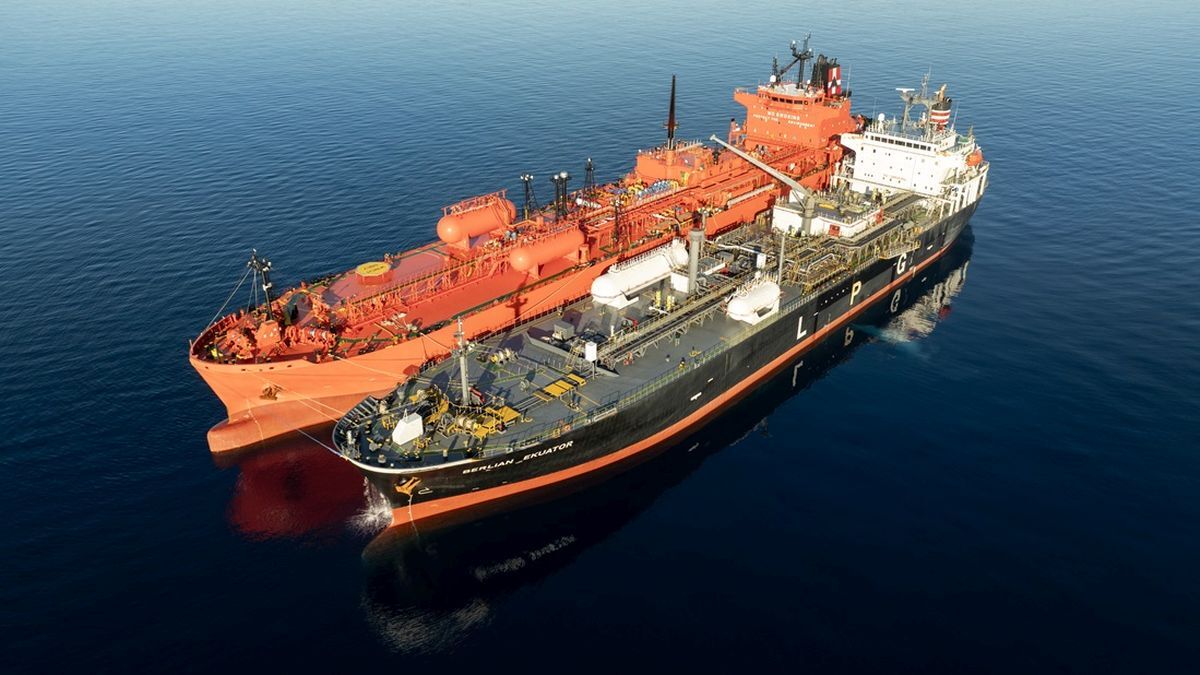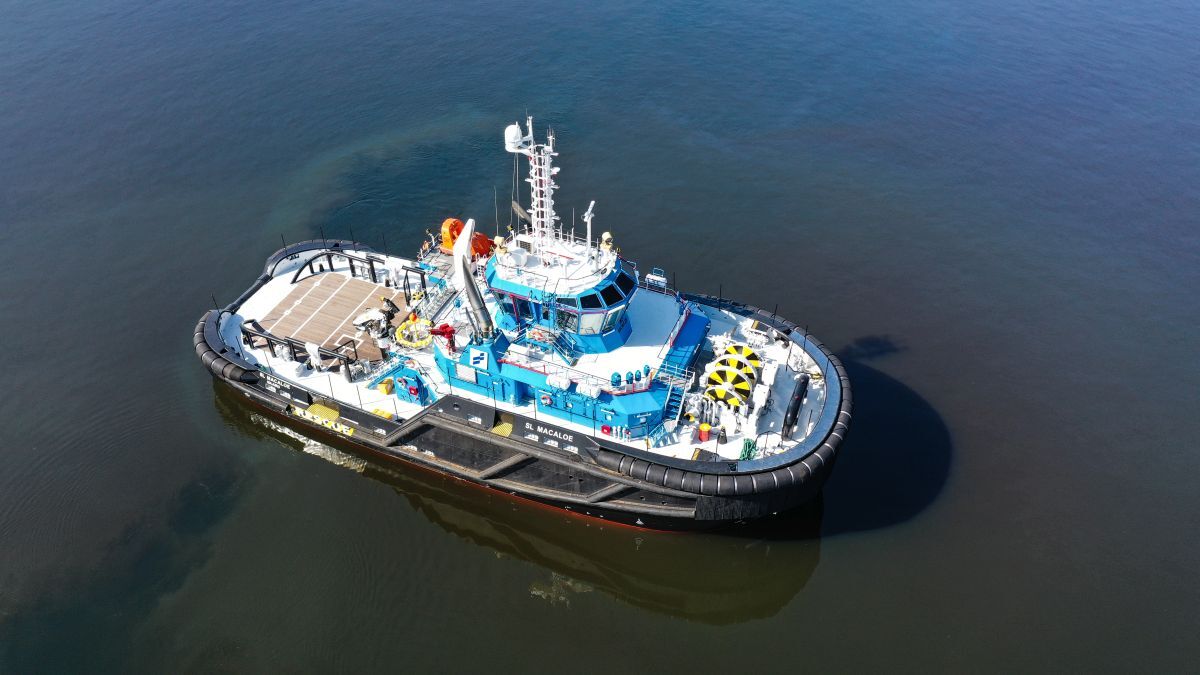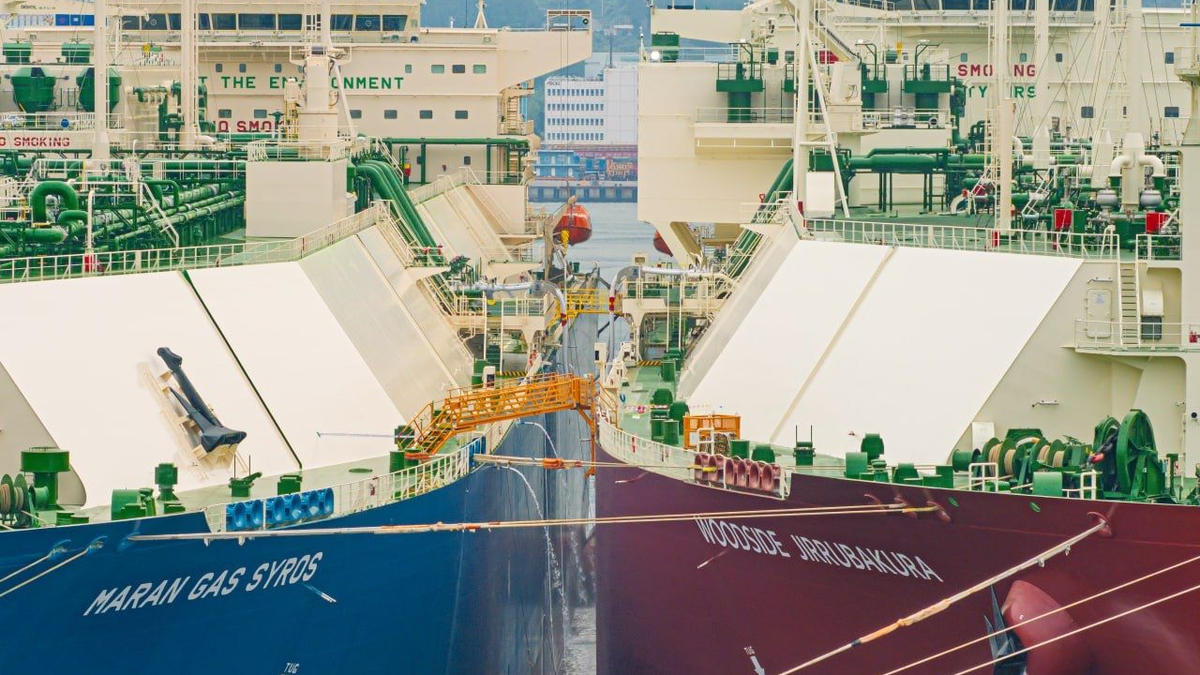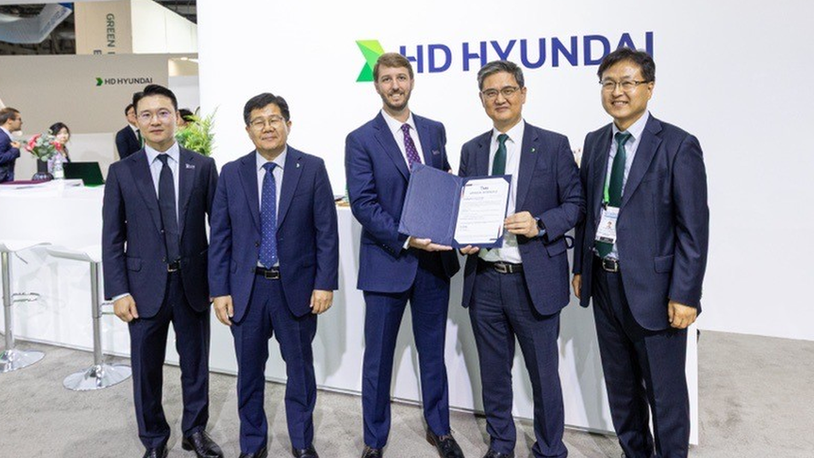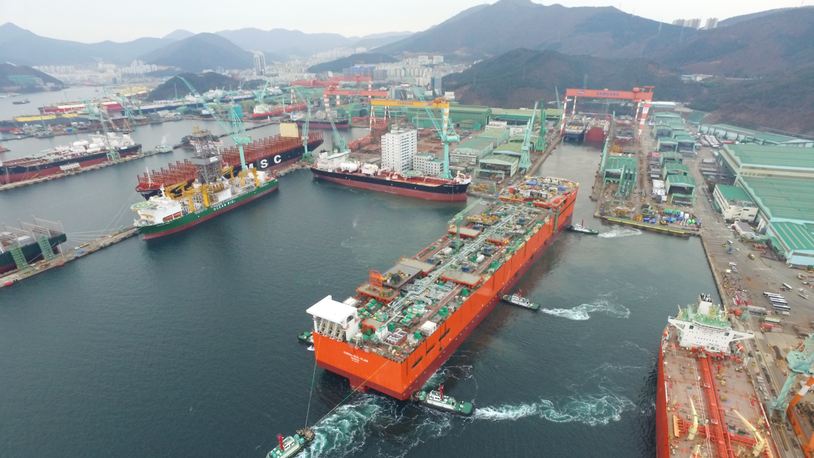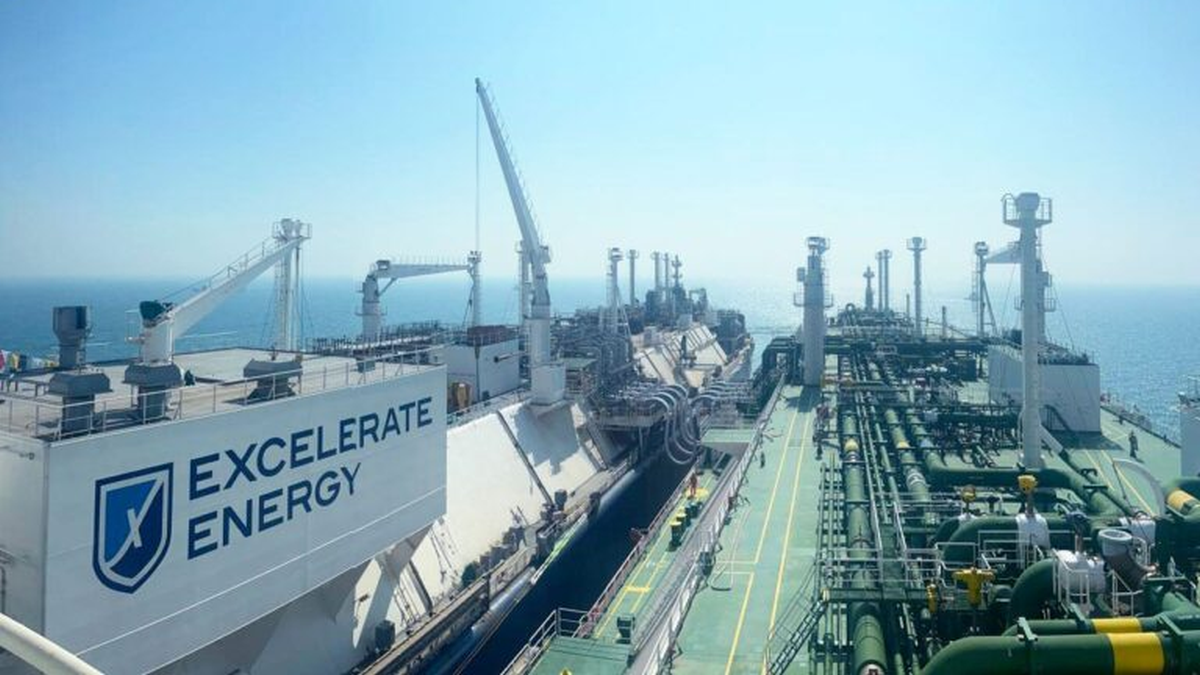Business Sectors
Events
Contents
Register to read more articles.
Understanding methane slip
In a paper presented at CIMAC in South Korea in 2023, researchers looked at current data on methane slip from marine LNG engines
The aim of a recent study*, titled ‘Methane slip emissions from LNG vessels – review’, was to collect methane slip values from the current literature, and shipowner data was utilised to complement the data with engines from recent years. The paper contributes to understanding methane slip from the current LNG fleet. The work is part of an EU-funded project celled GREEN RAY that aims to minimise methane slip from LNG vessels to enable clean waterborne transport.
LNG use as maritime fuel has increased but is still marginal: less than 3% of ships that reported to the EU monitoring, reporting and verification in 2021 had a carbon factor less than 3.0, which is an indication of alternative fuel use and most likely LNG. The share of LNG of total annual fuel combusted on board ships was 5.9% in 2021 according to the online IMO documentation archive.
Methane will be part of future EU mechanisms to cut GHG emissions and the mitigation of methane slip is needed to sustain the interest towards the use of LNG as marine fuel. The amount of available methane slip data is limited, with a handful of scientific studies reporting emissions factors measured during on-board experiments.
In the paper, LNG marine engines were divided into four categories according to the engine type: Type 1: lean burn spark ignited engines (LBSI); Type 2: four-stroke low pressure dual fuel engines (LPDF 4-S); Type 3: two-stroke low pressure dual fuel engines (LPDF 2-S); and Type 4: two-stroke high pressure dual fuel engines (HPDF 2-S).
Type 1 engines include LBSI engines utilising only natural gas as fuel with spark plug ignition. The LBSI engines are typically four-stroke high- or medium-speed engines utilised in smaller vessel types and where fast engine response is needed.
“In the case of older engines, increased methane slip at low loads was observed”
The type 2 category includes LPDF 4-S engines where natural gas is injected in low pressure during the compression stroke of the engine and a small amount of liquid fuel is used for ignition. The LPDF 4-S engines typically operate with medium speed and typically allow more flexible operation than their two-stroke counterparts. They are mostly utilised in ferries, cruise ships, and short sea shipping, as well as auxiliary engines in large vessels.
The LPDF engines operate according to the thermodynamic Diesel cycle in liquid fuel mode and according to Otto cycle in LNG mode; therefore, in some sources they are also referred to as Otto-DF engines.
Finally, Type 4 engines include two-stroke high pressure dual fuel engines where natural gas is injected in high pressure at the end of the compression stroke, simultaneously with the liquid pilot fuel injection. These engines are categorised as slow speed and operate according to Diesel cycle also in dual-fuel mode; therefore, they are also referred to as Diesel DF engines. The two-stroke engine types including LPDF and HPDF engines have the highest efficiency and power and are commonly used in large ocean-going cargo ships.
In the study, a STEAM Ship Traffic Emission Assessment Model was utilised to identify the engines in the current LNG vessel fleet, showing that the majority of the installed main engines are either LPDF 4-S or LPDF 2-S type. Out of different vessel types, the majority of the known LNG engines are installed in LNG carriers.
LPDF 4-S engines are best represented in the literature, followed by LBSI and LPDF 2-S engines. For HPDF engines, only values originating from manufacturers could be found but methane slip from these engines is considered low.
The emissions factors reported for LBSI engines from 2010-2015 showed methane slip of 2.1-25.5 g/kWh at engine loads of 25-100%, indicating higher methane slip towards low loads. For LPDF 4-S engines, the methane slip from the newest engines from 2020-2023 measured on a testbed varies between 2.6-4.1 g/kWh at 75-100% load but increased slip of 6-131g/kWh was observed for 25% load. From on-board measurements, higher variation of 1.9-6.4 g/kWh at 75-100% loads and even 70 g/kWh at 25% have been reported.
Differences in these values may originate from operational differences on the testbed and on-board, as well as different measurement methodology and accuracy, as well as comparing engines from different manufacturers which may utilise varying technological solutions. Also, in the case of older engines, increased methane slip at low loads was observed and it remains a concern to be mitigated by the development of engine technology for new engines or by removal via exhaust aftertreatment. In the case of 4-S LPDF engines, cylinder deactivation can be used to reduce methane slip at low loads and low methane slip values could also be reached with a new combustion concept.
For LPDF 2-S engines, data could be included for new engines from 2019-2022 and values of 1.9-7.2 g/kWh were found for engine loads between 25% and 100%. Reasonable agreement was found between testbed and on-board studies.
Because load dependency for methane slip is observed, reporting emissions factors as a function of engine load or for a real operation profile of the engine would be beneficial to understand the methane emissions of ships with varying activity profiles of their engines, as well as for studying the influence of transient load conditions. Continuous emissions monitoring systems for methane are commercially available and would enable ships to self-monitor methane, helping further to understand and reduce the emissions. While the current study focuses on tank-to-wake emissions, the comparison of different fuel and engine options should consider also well-to-wake emissions.
*Authors of the study:
Niina Kuittinen, VTT Technical Research Centre of Finland
Mikko Heikkilä, Finnish Meteorological Institute
Jukka-Pekka Jalkanen, Finnish Meteorological Institute
Päivi Aakko-Saksa, VTT Technical Research Centre of Finland
Kati Lehtoranta, VTT Technical Research Centre of Finland
Related to this Story
Events
Offshore Support Journal Conference, Americas 2025
LNG Shipping & Terminals Conference 2025
Vessel Optimisation Webinar Week
© 2024 Riviera Maritime Media Ltd.



